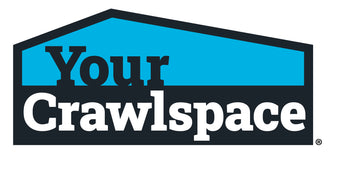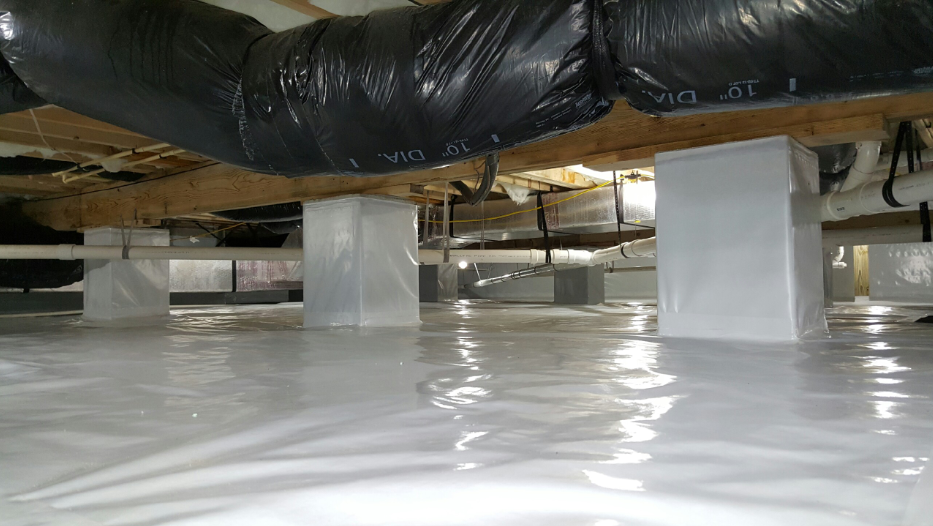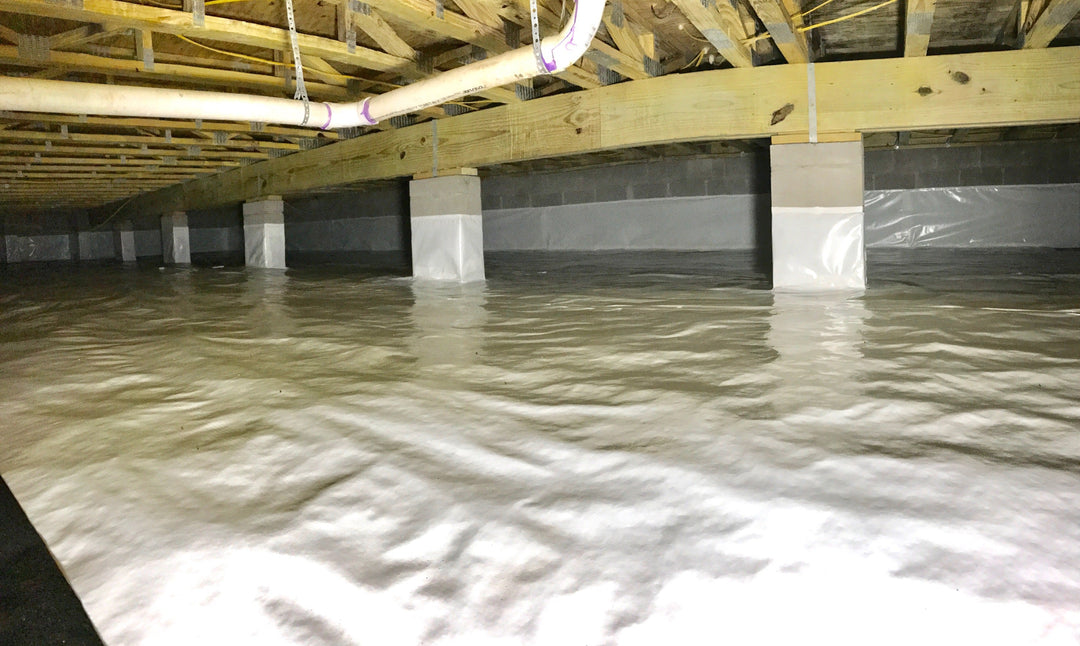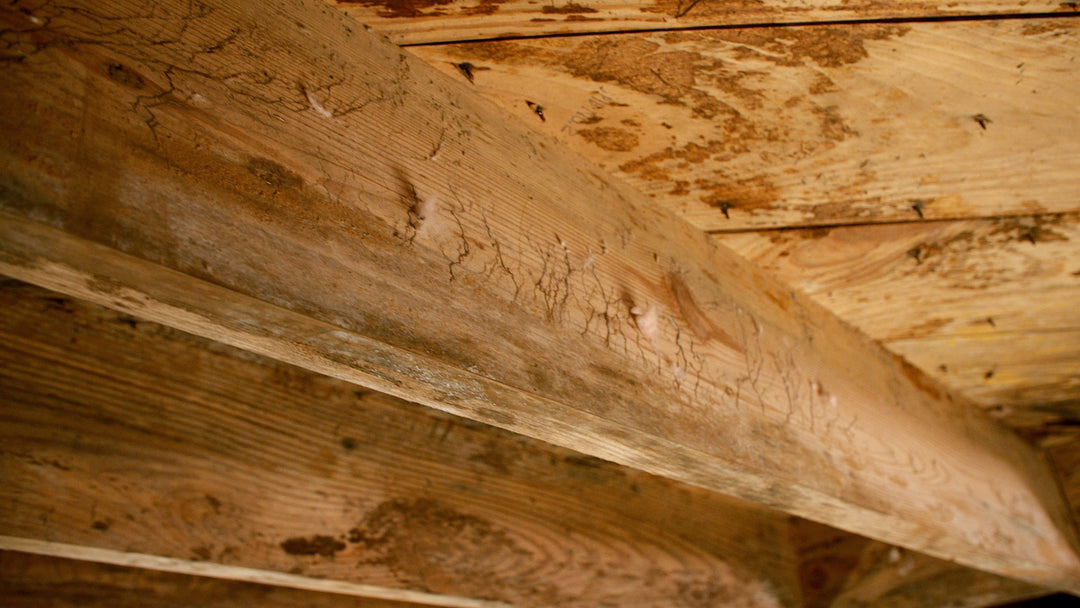A Brief Introduction to Crawlspace Insulation
Tips from a Crawlspace Industry Expert
As we head into the cooler months of the year, it’s a good time to talk about crawlspace insulation. In a crawlspace, there are several different types of insulation available on the market today. The best crawlspace insulation for the job will depend on the needs and layout of each individual home.
Let’s take a closer look at the ins-and-outs of crawlspace insulation.
Keeping a Crawlspace Warm
Insulating a crawlspace follows the same principles used for insulating an attic or the walls of a structure. Most types of insulation can be used in multiple areas of a structure, the difference being the R-Value that is recommended by building and energy codes. Controlling heat transfer is the main objective of insulating. In a crawlspace it has been common practice to place traditional fiberglass or wool-fiber insulation between the floor joist and up against the subfloor of the house. This is a very cost-effective way to insulate a crawlspace.
Within the last 30 years, the method of insulating a crawlspace has taken on a slightly different approach. Today insulating a crawlspace may mean to insulate it traditionally (with the insulation between the floor joists), or actually insulating the interior foundation walls of the crawlspace with rigid Styrofoam boards, instead of using a fibrous insulation between the floor joists. I have seen crawlspaces where both methods were used and that is expensive, but acceptable.
The Complete Thermal Envelope
We think more holistic today when insulating a structure, creating what is called a complete thermal envelope, which results in a more energy efficient structure. Energy costs continue to rise, and according to the US Energy Information Administration (EIA), the average monthly energy bill for a 2,000 square foot house in 2019 was $145.00. That is an increase of 10% from 2016 costs. The EIA estimates that 48% of an energy bill is attributed to running the HVAC system.
A complete thermal envelope approach is to make sure the house is as air tight as possible by using air retarding barriers like house wrap, quality caulking and sealants around doors and windows, it also includes closing the foundation vents in a crawlspace type constructed house.
Most important, the proper type of insulation with the correct R-value to control heat transfer. There are three types of heat transfer: radiation transfer, conductive transfer, and convection transfer. There is an insulation to combat each type of heat transfer and insulation that gives you a combination of resources in one.
Choosing the Right Insulation
There are several types of insulation to choose from today other than the traditional fiberglass insulation or wool-fiber batt insulation (also known as Rockwool) without the disadvantages these more traditional insulations have, like itching from the fibers and aggravated allergies and asthma from inhaling tiny airborne particulates.
Traditional Insulation
Traditional insulation uses the air pockets within the insulation fibers to capture the heat and slow the flow of heat passing through it. The problem with traditional insulation is its’ ability to absorb moisture and other pollutants in those air pockets. The retention of moisture and pollutants over time renders the insulation’s R-value to zero and therefore useless. It also can promote fungal growth and cause air quality issues. I have seen wet fiberglass insulation in a crawlspace laying more on the ground than in between the floor joists.
Foamboard Insulation
Foamboard insulation technology is becoming a very popular way to insulate a crawlspace today, especially when it is used in closing or encapsulating a crawlspace. It is made from polystyrene (in an expanded or extruded form) or a denser foam called polyisocyanurate. Some of this rigid foamboard comes with a built-in moisture barrier and a radiant reflective barrier. Some are impregnated with termiticides that will help in controlling termite activity. This type of insulation can be anchored to the foundation wall using adhesives or mechanical anchoring techniques. It is recommended to use caution when using the mechanical anchoring techniques that have the potential of causing damage to masonry materials.
Spray Insulation
Another type of insulation that is becoming popular today is spray foam insulation. This is a foam insulation that is applied in liquid form where it expands and dries into a solid that sticks to the substrate it is sprayed on. There are two types of spray foam insulations. One is an open cell foam that is lighter and allows for moisture to pass through, and the other is a closed cell foam that is water impermeable. Both types are somewhat of a concern to the Pest Control, Home Inspection, and Real Estate industries because of the inability to properly conduct a visual inspection for insects and moisture problems such as water leaks and wood rot damage.
Insulation Blankets
Insulation blankets are another choice. These are rolls of fiberglass or wool-fiber insulation sandwiched and closed between polystyrene sheets. These blanket rolls can be attached to the foundation walls using several methods of anchoring techniques. The anchoring technique can potentially damage the masonry foundation walls so again it is recommended to use caution when driving rivets or nails into the substrate.
Reflective Insulation
Another type of insulation that is relatively new technology is reflective insulation, which is thinner than fiberglass or rigid foamboard. This type of insulation has various different R-values. It is usually adhered or mechanically attached to the foundation wall or attached to the bottom edges of the floor joist. Some reflective insulation has polystyrene bubbles between the sheets of the reflective outer material, which has additional insulation value.
A Job for the Pros
How a crawlspace is insulated is important to the energy efficiency and overall health of the structure. If the insulation is not performing effectively and your client is losing energy efficiency, or it is creating a conducive condition such as restricting a proper visual inspection, or contributing to a moisture condition in the crawlspace, it should be communicated to the client. Being familiar with the different types of insulation that can be used inside a crawlspace, i.e., their pros and cons, will help you in interpreting what you have seen and help you to make recommendations to correct any problems to your client.
I would suggest doing further research and speaking with your local building code agency, suppliers and manufacturers to expand your knowledge of these insulation choices. Your Crawlspace Inc., of South Carolina is very experienced in crawlspace moisture control and creating a healthier crawlspace. You can contact YCS on their website at www.yourcrawlspace.com.
Don Richards ACE, CPI
Don Richards Services, LLC






